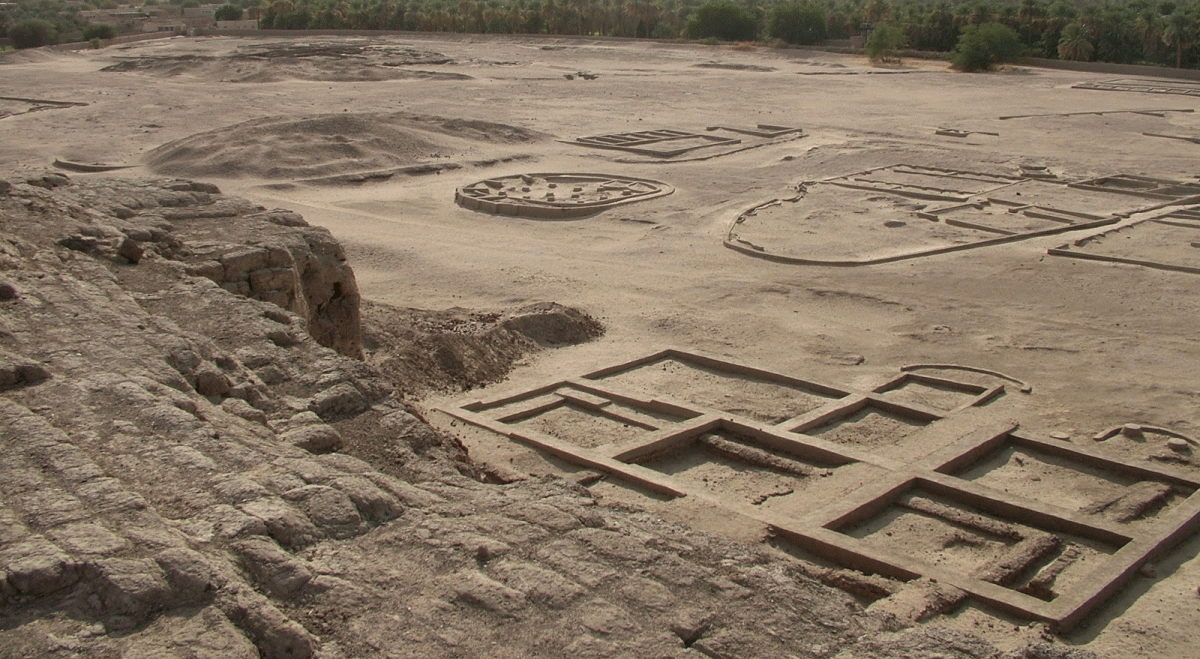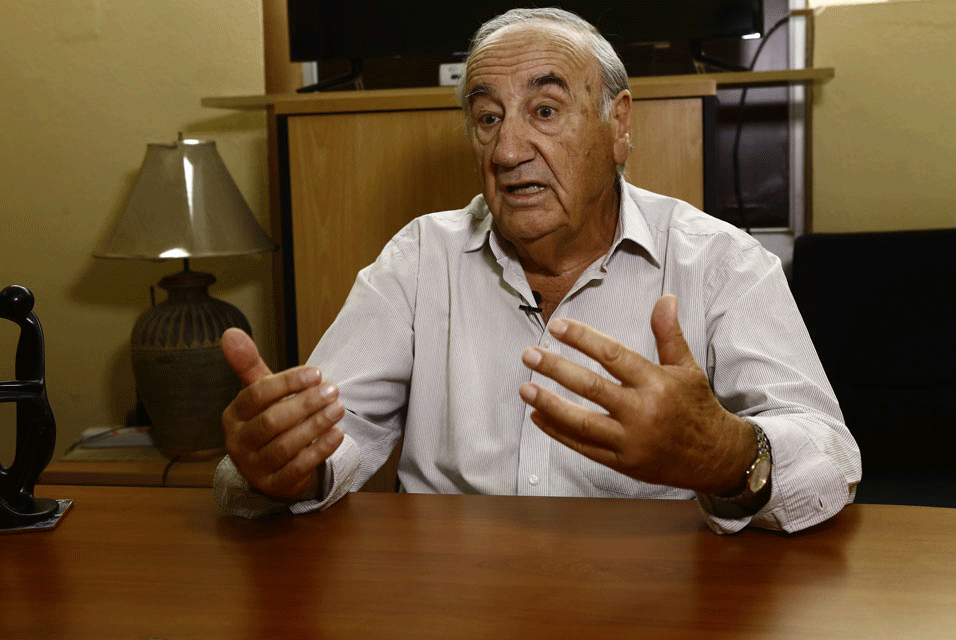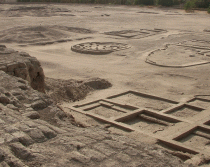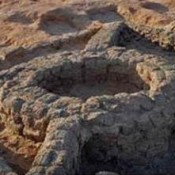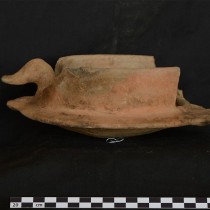An archaeologist from Switzerland has discovered three temples in Sudan dating back to 1,500-2,000 BC. The discovery, he says, will shed new light on African ancient past.
The structures are round and oval and were found in northern Sudan last year, near the archaeological site of Kerma, at a place called Dogi Gel (Red Hill). No other examples of this type have been found in central Africa or the Nile Valley, since at Kerma ancient architecture found so far unfolds in square or rectangular shapes. Enormous fortifications were also discovered at the site, indicating there is plenty of material for study hidden in the area.
Charles Bonnet and his team had been digging for months before they uncovered the temples. He said that this is the first time samples of this architecture, including round and oval structures, have been discovered in the area. This is why he believes the findings are so important, as they shed new light into a past of Africa that had remained secret so far.
Bonnet has been working on Sudanese archaeology, and the ancient kingdom of Kerma in particular, for decades, and he is the one who unearthed the seven granite statues of Sudan’s Nubian rulers near the banks of the Nile some years ago. With this new discovery he hopes to establish that the area was defended by a coalition with people from Darfur and central Sudan against the Egyptians over the control of trade in the area in antiquity. After all, Nubia, where some of Africa’s earliest kingdoms flourished, had rich deposits of gold, ivory and ebony.
In presenting the results of the dig, Bonnet expressed his hope that this new discovery will shed new light to Africa’s secret past and empower Sudanese archaeology.
